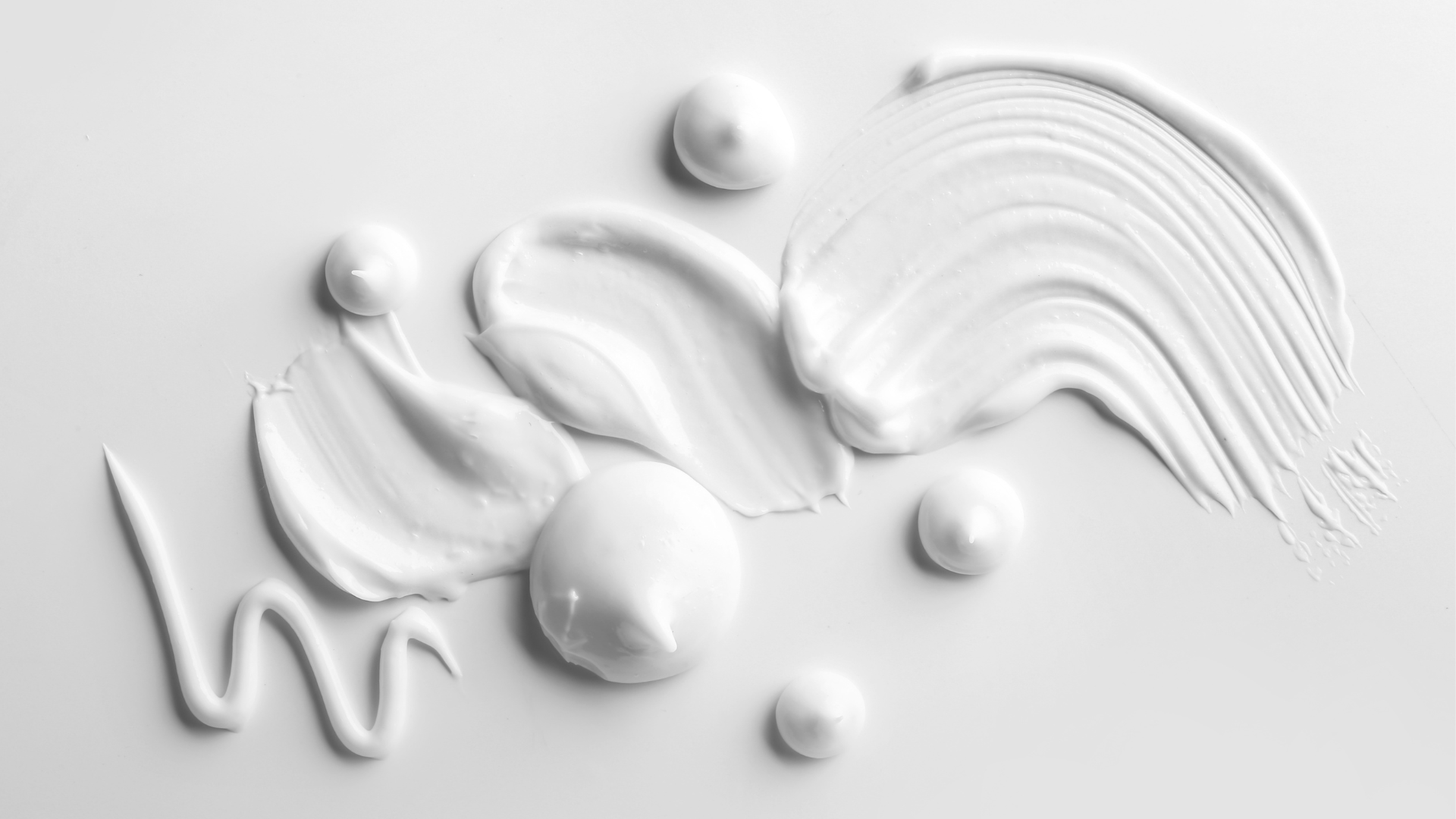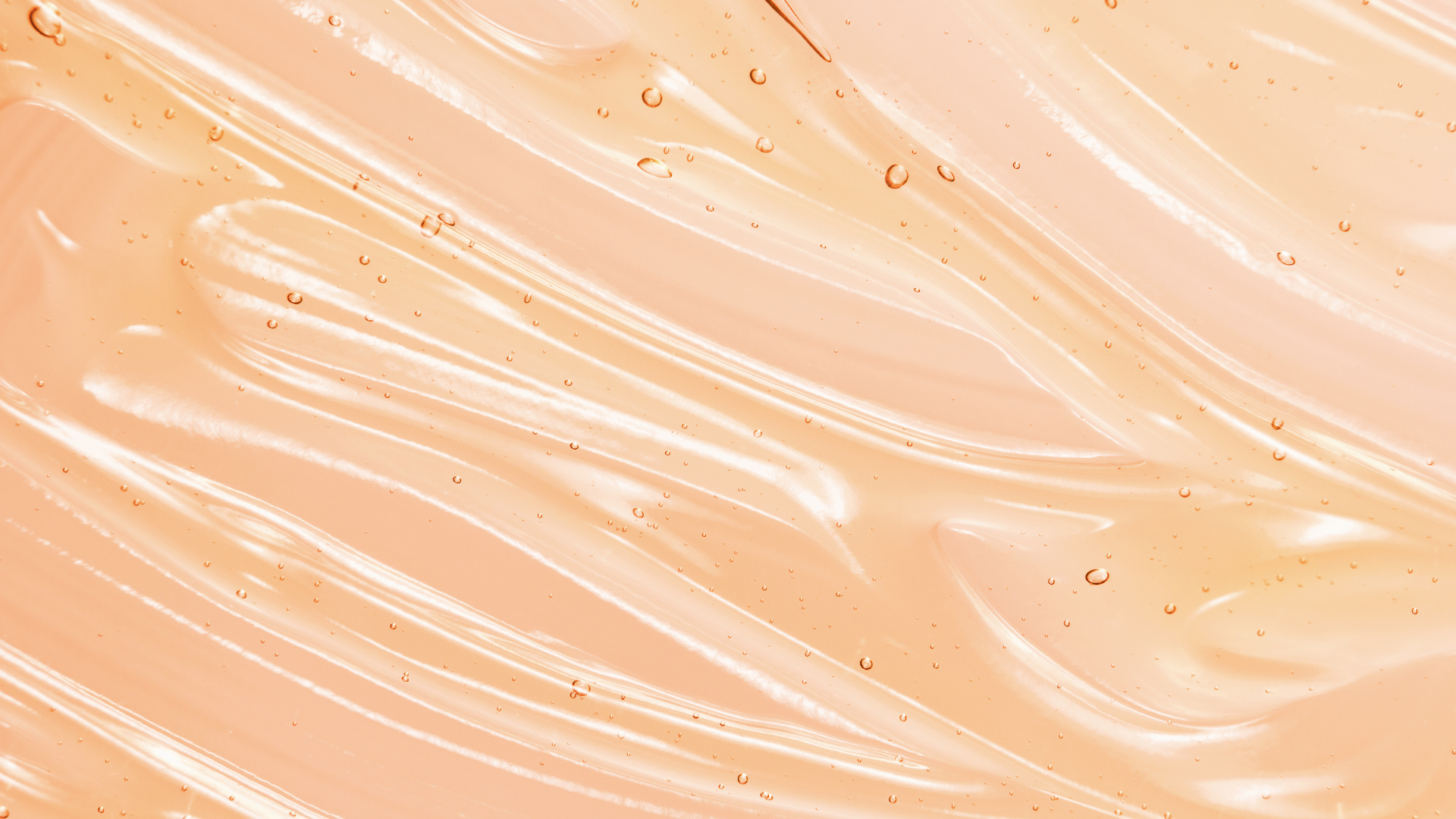The cosmetic industry has been transitioning toward natural, plant-based ingredients for decades. What began in the 1970s with roughly 50% naturally derived content in products (with some animal derived feedstock thrown in) has grown to an estimated 75% in 2020—now entirely plant-based. This shift is driven by consumer demand for healthier, sustainable options, a desire to avoid petrochemicals, and the popularity of "clean" labels.
However, while natural alternatives bring many benefits, they also present challenges. Here's a look at how these swaps are being made across different categories and what it means for the future of cosmetics.
Key Challenges with Natural Ingredients
- Performance: Synthetic ingredients are engineered for specific roles, like carbomer's ability to create clear, smooth gels with minimal use. Natural alternatives like Xanthan gum often require higher amounts to achieve similar effects.
- Consistency: Natural materials can vary in colour and quality from batch to batch, making predictability a hurdle for formulators.
- Cost: Farming, extraction, and refinement of natural materials can make them pricier than synthetic counterparts.
Swapping Synthetics for Naturals
1. Emulsifiers

Natural emulsifiers like plant-based esters can easily replace synthetic options, providing effective texture and stability whilst supporting a more sustainable profile.
However our range of naturally-derived emulsifiers aim to not only equal, but exceed the expectations of synthetic counterparts like PEG-100 Stearate or High HLB Ethoxylates. Creating such luxurious, silky textures – it’s hard to believe they’re not achieved with synthetics!
Seeing is believing – check out some of our prototypes using our natural range here.
2. Water Thickeners

A popular category for switching out synthetics is rheology modifiers and thickeners. Replacing carbomer and its texture and skin feel is tricky, but doable. For transparency, gums like Cellulose or Xanthan work well for clarity while Guar or Tara gum shine in more opaque formulations achieving higher viscosities.
Our unique blends offer formulators a range of easy-to-use thickeners to create transparent, high viscosity and stable products - naturally. See our prototypes for inspiration.
3. Surfactants

Replacing Sodium Laureth Sulphate (SLES) is challenging due to its low cost and high foam and cleansing performance. However, natural options like Coco-Betaine offer viable alternatives for gentler cleansing.
Each of the surfactants in our range have been created to provide a natural solution for specific formulating needs. A mild surfactant blend, Micromulse® Foam creates soft, foaming textures when combined with oil whilst Sophocoll®, our bio-surfactant blend boosts foam but also increases the moisturisation properties of a formulation.
4. Emollients

Natural oils and esters—cold-pressed or CO2-extracted—are excellent alternatives to synthetic emollients. They provide a wide sensory range, from lightweight to rich textures.
However, silicones are worth a specific mention. Quite difficult to replace, particularly in haircare when trying to reproduce the slippery feel, smoothing effect and spreadability - as well as the high heat stability required for heat protection spays/serums.
5. Colours

Vibrant synthetic colours are hard to mimic, but natural extracts like blackcurrant (red/purple) or Beta-Carotene (orange) offer creative, though less stable, solutions.
Natural pigments such as Iron Oxides (brown) and Vegetable carbon (black) can also be used, alongside coloured substances such as flower petals, crushed fruit and vegetables and peels.
Many of these natural colours can be derived from the food industry, although in cosmetics the shelf life is normally longer, so colours need to be more light and pH stable.
6. Fragrances

Essential oils are a simple, effective way to replace synthetic fragrances but must be used with care due to their potential for irritation.
They offer unique, natural scents but may alter or fade over time as they don’t contain the carrier oils, solvents, stabilisers and other synthetic components of fragrance oils.
7. Preservatives

Natural preservation is tough! Systems like Lactobacillus Ferment or Grapefruit Seed Extract work best in acidic environments and often need boosters to ensure product safety. Our formulators love to use Propanediol, Ethylhexylglycerin and Caprylyl Glycol – you’ll see they’re a staple in many of our prototype ideas because they offer moisturising and conditioning benefits too.
The Bottom Line
Switching to natural ingredients is a journey that requires balance, creativity, and innovation. Fortunately, that’s where our lab team step in! While challenges remain, our mission is to provide formulators with naturally-derived, functional ingredients that make it easier for to craft effective, eco-friendly cosmetic products.
Whether you're looking for better emulsifiers, thickeners, or surfactants, we’ve a natural option waiting to be discovered!